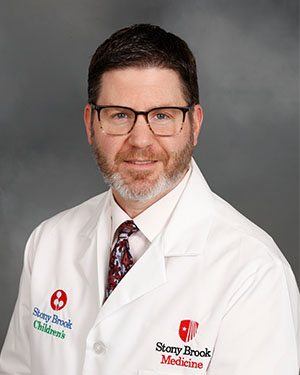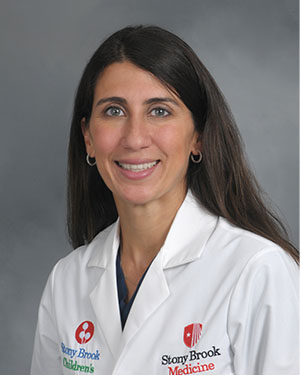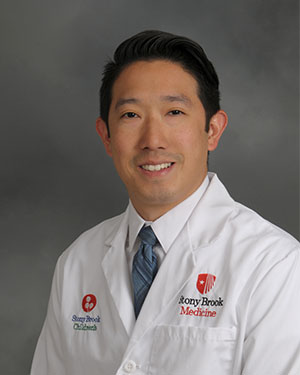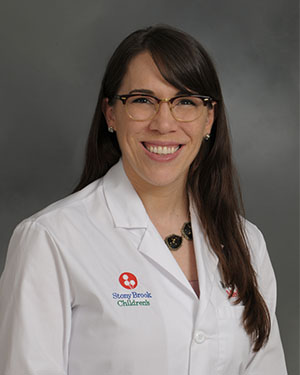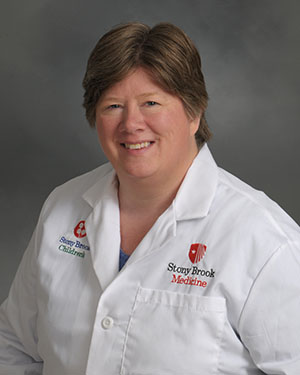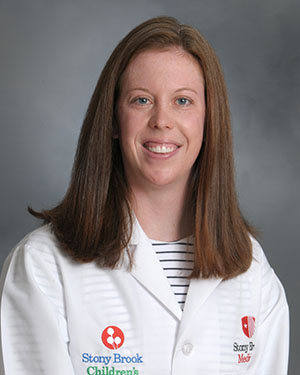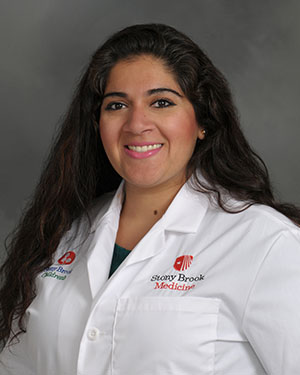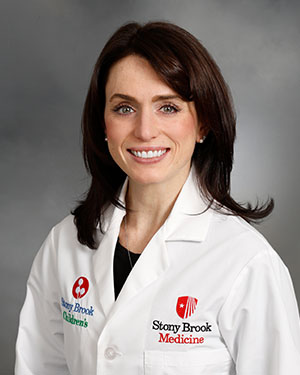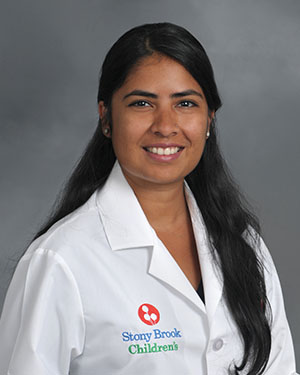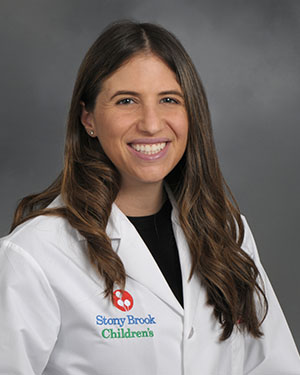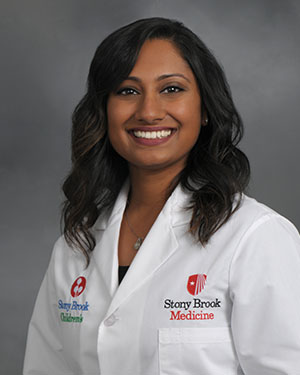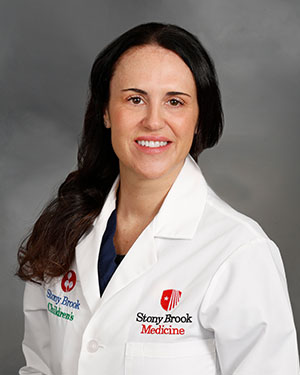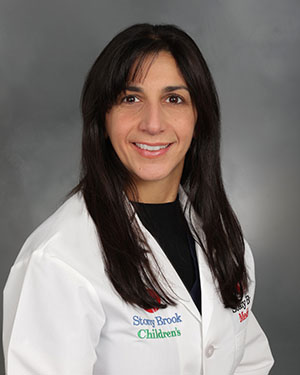Navigation Emergency Medicine
Pediatric Emergency Medicine
Stony Brook is the only Level 1 pediatric trauma center in the county, which means that the most severe emergencies get sent to us.
The doctors in our dedicated Pediatric Emergency Medicine Division are available 24/7 to provide the most advanced pediatric emergency care available in Suffolk County for infants, children and young adults.
Services
Our separate entrance and waiting area — apart from the adult emergency area — protects children from potentially frightening adult emergencies. We even offer free valet parking, so parents can remain with their sick or injured child without having to worry about parking.
We have nine private treatment rooms that protect patient privacy and accommodate the child and up to two family members. Each treatment room has child-sized equipment, gowns, IVs, airway management tools and other medical necessities, and child-friendly décor, child-sized furniture and a waiting room stocked with toys, colorful artwork and an aquarium.
We also provide:
- Age-appropriate care that factors in the child's physical, social and emotional development
- “Ouchless medicine” through the use of various techniques to eliminate pain, including giving oral fluids instead of an IV when safe and appropriate; using special numbing cream on the child’s skin to greatly reduce pain from a needle; “bundling” all the painful tests, such as blood drawing and IV insertion, into one “stick,” and using special painkilling and sedative medications during more serious procedures, such as setting a broken bone — done under the direct supervision of a board-certified Pediatric Emergency Medicine physician
- Access to Child Life Services professionals who explain procedures in kid-friendly, age-appropriate terms to relieve anxiety and provide distraction
Our Team
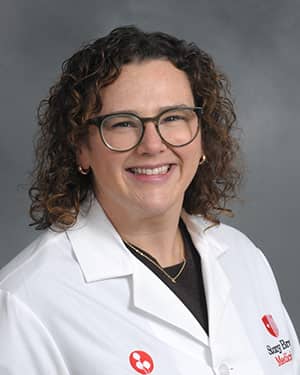
Locations
Patient Resources
The Pediatric Emergency Department makes safety and accident prevention a priority. They are involved with a number of initiatives, including baby safety, helmet safety, burn prevention, car and driving safety, fall prevention and water safety.
Injury Prevention: https://trauma.stonybrookmedicine.edu/injury-prevention/children
Stony Brook also provides sports safety clinics, teen driving initiatives, parent information sessions and more to organizations in the community — all free of charge. For more information about our Injury Prevention Programs call (631) 444-8385
Research and Education
The Pediatric Emergency Department faculty conducts research – including exploring uses of a bedside ultrasound to help physicians to faster diagnose and treat a variety of medical conditions. We also employ innovative technology through the use of high fidelity simulation as a way to train resident physicians in how to provide care to the sickest children during real-life emergencies.
Advances and Recognitions
In February 2017, the American College of Surgeons (ACS) formally verified Stony Brook Trauma Center as the highest-level trauma center for adults and children after a rigorous survey visit. This makes Stony Brook Suffolk County's only Adult and Pediatric Level 1 Trauma Center.
Definitions
The process of admitting a patient for further treatment or observation in the hospital after evaluation and treatment in the emergency department.
A strong, sterile medical glue used for the same purpose as sutures. Once the wound is healed, the glue falls off on its own.
A variety of ways to manage or eliminate pain before a procedure.
Giving a patient special medication(s) to induce a sleep-like condition. Sedation is used for very painful procedures (such as straightening a bone fracture) or for procedures requiring being completely still (such as MRI or CT scan for young patients), and is performed with constant monitoring of the sedated patient by doctors and nurses.
Material used to close a cut on the skin. They can be non-absorbable (made from a synthetic material, such as nylon) or absorbable. Non-absorbable sutures require removal after the cut is healed, whereas absorbable sutures “fall off” on their own.
A first stage of evaluation in the emergency department. A triage nurse assesses the patient and determines the level of urgency of the patient’s condition.

